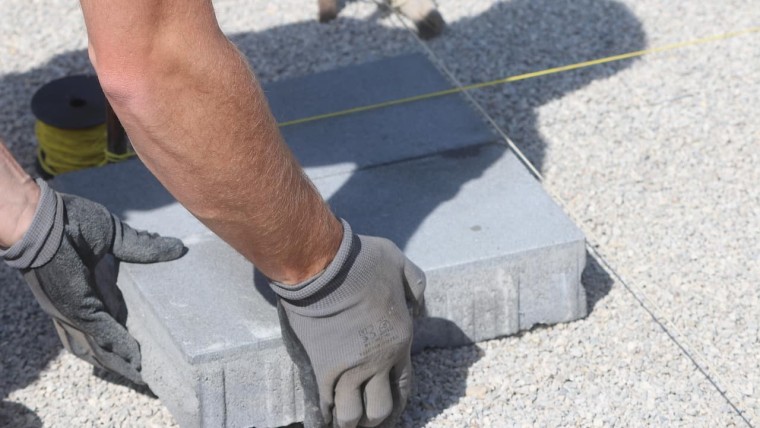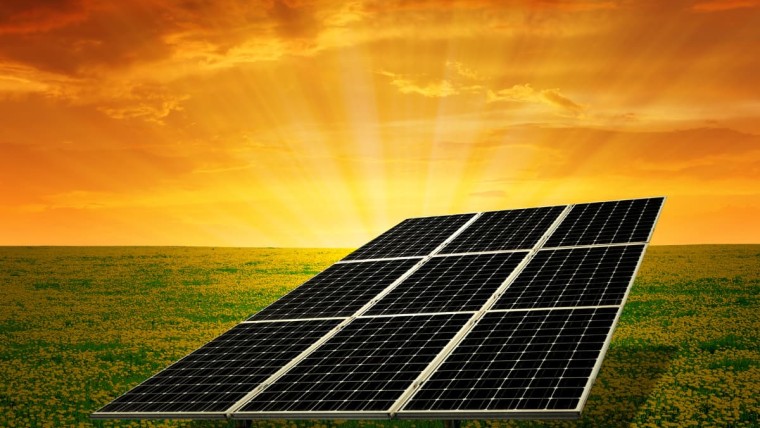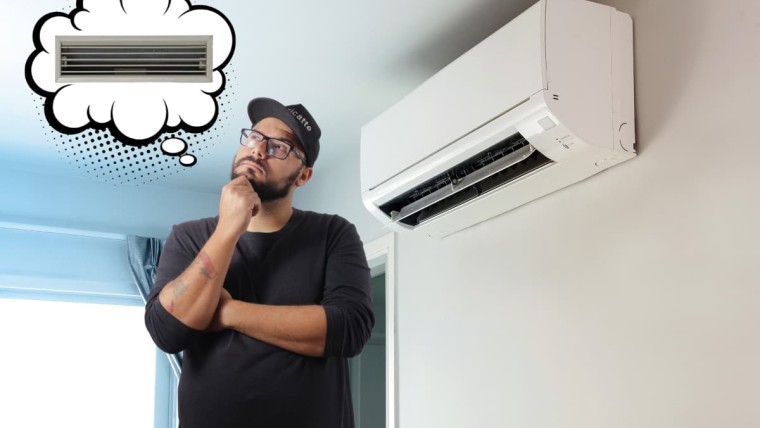The pool heat pump is a type of heating that needs to be given time.
Indeed, such a mass of water to be heated represents a large amount of energy. To determine it (at least in approximation), it is enough to multiply :
- m : the mass of the water in kg
- Cp : the heat capacity of water which is always 4185 J.kg-1.K-1 (J = Joules, kg = kilograms, K = Kelvin)
- ΔT The difference in temperature between the base water (municipal water with which the pool is filled: 10°C) and the desired final temperature (30°C for example)
This formula is written: Q = m.Cp.ΔT
Some examples of power calculation heat pump pool
Rectangular pool 10 x 5m : calculation of the power to heat the water
Pool dimensions:
- Length l : 10m
- Width L : 5m
- Low depth Hb : 1m
- High depth Hh : 3m
- Average depth h : 1.5m
Calculation of the pool volume:
V= L x W x H = 10 x 5 x 1.5 = 75 m3
Now 1m3 = 1000dm3 = 1000L
1000L of water = 1000kg (to the nearest approximation)
So our pool contains 75'000kg of water.
Calculation of the quantity of heat Q to bring to heat at 30°C :
Q = m.Cp.ΔT (in Joules)
Q = 75'000 x 4185 x (30 - 10)
Q = 6'277'500'000 Joules
Calculation of the number of kilowatt-hours:
We know that 1 kWh = 3'600'000 J
1 kWh is the energy supplied by a machine of power 1kW during 1 hour.
We just have to divide Q by 3'600'000 and we get 6'277'500'000 / 3'600'000 = 1744 kWh
This is the amount of energy that must be brought to the pool to heat it to 30°C.
Calculation of the time needed to provide this amount of energy Q
We only have to see how long we can bring this energy to determine our pool heating time.
If we opt for a 12kW machine for example, it will take a quantity of hours to our pool heat pump to provide this energy of 1744 kWh. This quantity is 1744 / 12 = 145 hours.
With a swimming pool heat pump capable of supplying 12kW constantly, it will take about 6 days to warm up the water mass to 30°C.
With a pool heat pump capable of supplying 8kW constantly, it will take about 9 days (72 hours) to heat the pool to 30°C
It's better to go for a heat pump that allows for 4-5 days of heating. It would take 15 to 18kW...
Circular swimming pool of 10m diameter : Power of the swimming pool heat pump
The logic is the same. Only the calculation of the pool volume changes.
Pool dimensions:
- Diameter : 10m
- Radius : 5m
- Depth : 1.5m
Calculation of the pool volume:
V = Pi x 5 x 5 = 118 m3
Calculation of the quantity of heat Q to bring to heat the water of the swimming pool to 30°C:
Q = m.Cp.ΔT (in Joules)
Q = 118'000 x 4185 x 20 = 9'876'600'000 Joules
Calculation of the number of kilowatt-hours:
Number of kWh = 9'876'600'000 / 3'600'000 = 2743kWh
Calculation of the time needed to provide this amount of energy Q :
To heat the pool to 30°C in 120 hours (5 days) you need a power of 22-23kW.
We can see that the required powers are quickly consequent.
In our examples we have taken 30°C, a very comfortable temperature. But 28°C is more reasonable.
It is also necessary to take into account the natural elements. The wind or the rain which can increase the calculated times, and the sun which can decrease the duration.
Our power calculator for PAC Piscine
Make your quick calculation of power for PAC pool, for your house. This will allow you to make a first estimate of the required power, which remains rough in the sense that we do not take into account a possible pool shelter, nor the weather conditions of the region, or the altitude, etc.
Pool Heating Calculator
Number of hours needed to heat the pool:
Sites that offer power calculators for PAC Piscine
On the following sites you will find a heating capacity calculator for your pool that will save you from going through the above calculation process.

Julien G.
Juliena mechanical engineering graduate and specialist in climate engineering since 2009, has become a writer specializing in renewable energies, with expertise in heat pumps and photovoltaic solar panels for individual housing.
See all articles by this author






